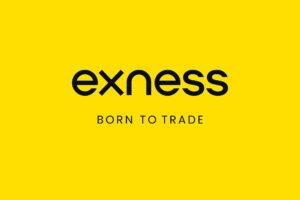When navigating the world of online trading, especially in forex, staying informed about economic events is crucial for making well-timed, strategic decisions. One powerful tool that traders use to stay ahead of market movements is the Exness Economic Calendar. This tool provides key information about economic releases, data points, and events that have a direct impact on the financial markets. Understanding how to use this calendar effectively can give traders an edge in making timely and informed trades.
What is the Exness Economic Calendar?
The Exness Economic Calendar is a tool designed for traders who want to stay updated on scheduled economic events and indicators. These events could range from interest rate decisions by central banks to GDP reports or inflation data. Such events often lead to increased volatility in the markets, especially in the forex, commodity, and stock markets.
The Exness Economic Calendar is dynamic and frequently updated, allowing traders to get real-time information on important events that can affect the market. By tracking these events, traders can align their strategies with the market’s movement, which is often influenced by economic news.
How to Access the Exness Economic Calendar
- Login to Your Exness Account
Start by logging into your Exness account. If you don’t have one yet, you can easily create an account via their website by providing some basic personal information. Once logged in, navigate to the Market Analysis section, where the Economic Calendar is located. - Select the Calendar Tab
Once inside the Market Analysis section, locate and click on the “Economic Calendar” tab. This will open the full calendar that lists upcoming economic events. - Filter Events by Time Zone
The calendar can be customized to display events according to your local time zone or the time zone that you prefer to trade in. Adjust this setting based on your needs to avoid confusion when tracking event times. - Choose Your Desired Filters
You can filter the calendar by event importance (Low, Medium, High), the country of origin (USA, UK, Eurozone, etc.), and the type of events (Interest Rates, GDP, Employment Reports). These filters allow you to narrow down the calendar to show only the events that are relevant to your trading strategy.
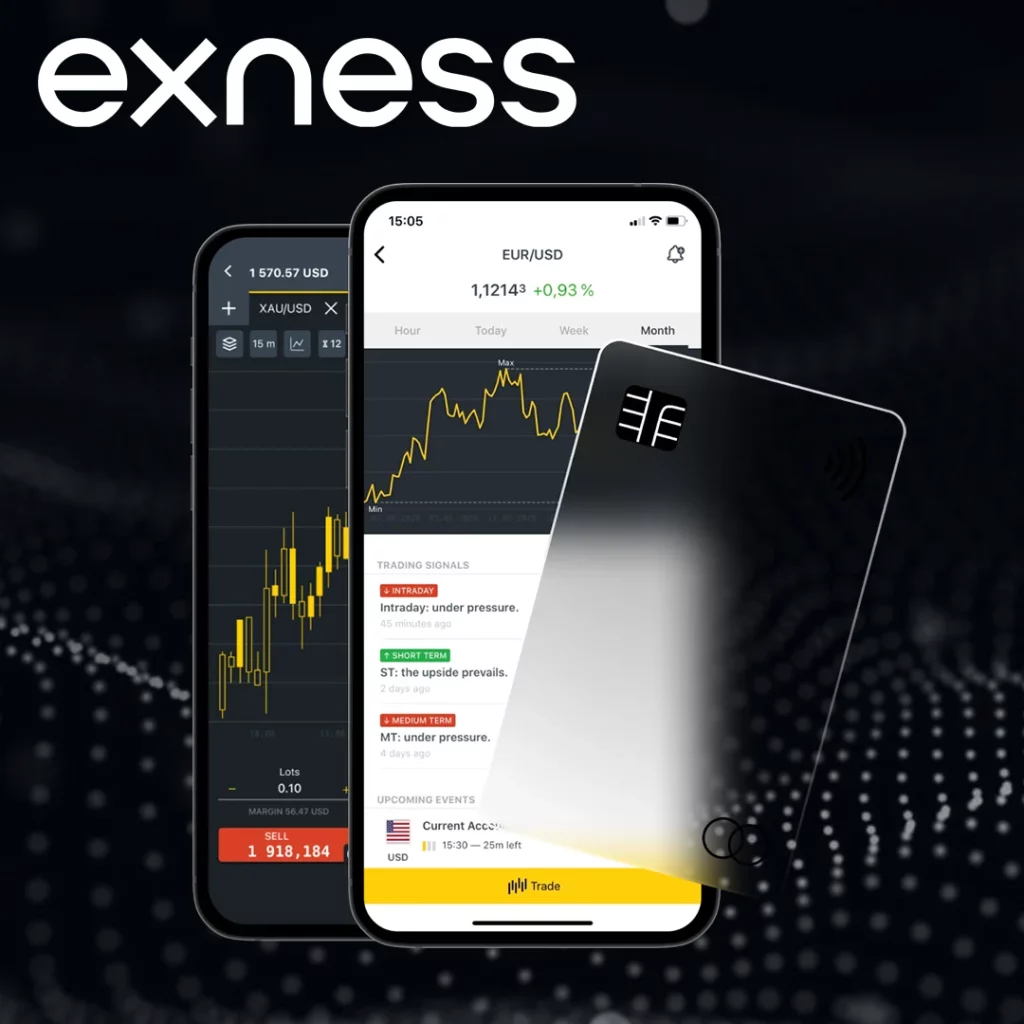
Key Economic Indicators to Watch
The Exness Economic Calendar includes a range of indicators that provide insights into a country’s economic health. Here’s a list of the most critical economic indicators and their relevance for traders:
| Indicator | Country | Impact Level | Description | Relevance for Traders |
| Gross Domestic Product (GDP) | U.S., EU | High | Measures a country’s total economic output | Indicates overall economic health |
| Interest Rate Decisions | All major economies | High | Central bank’s rate setting | Affects currency strength and market sentiment |
| Unemployment Rate | U.S., EU, UK | Medium | Percentage of unemployed workers | Impacts consumer spending and sentiment |
| Consumer Price Index (CPI) | Japan, EU | Medium | Measures inflation by tracking price changes | Key for central bank policies |
| Retail Sales | U.S., UK | Medium | Measures consumer spending | Affects stock indices and commodities |
| Non-Farm Payrolls (NFP) | U.S. | High | Measures job creation, excluding agriculture | Indicates economic health and consumer sentiment |
Understanding Forecasts vs. Actual Data
One of the key features of the Exness Economic Calendar is the ability to compare forecasted data with the actual release. This comparison is critical because the market often reacts sharply when the actual data deviates from the forecast. Here’s how to analyze the data:
| Parametr | Description | How to Use It for Trading | Example |
| Date & Time | Indicates the scheduled date and time of the event | Plan your trades around these times, and avoid entering just before the event | Avoid entering trades right before NFP data release |
| Country | Shows which country’s data is being released | Focus on relevant currencies and assets | GBP/USD for UK data releases |
| Event | Name of the economic indicator | Check if the event aligns with your trading strategy | CPI data relevant for inflation-based strategies |
| Forecast | Analyst predictions for the event | Compare with past data to gauge market expectations | Positive GDP forecast may strengthen USD |
| Actual | The actual data release | A surprise result (positive or negative) can cause market volatility | Higher-than-expected CPI could lead to rate hikes |
| Previous | Value from the previous report | Understand trends and how markets have reacted historically | Use previous NFP data for predicting market trends |
How to Use the Exness Economic Calendar for Trading
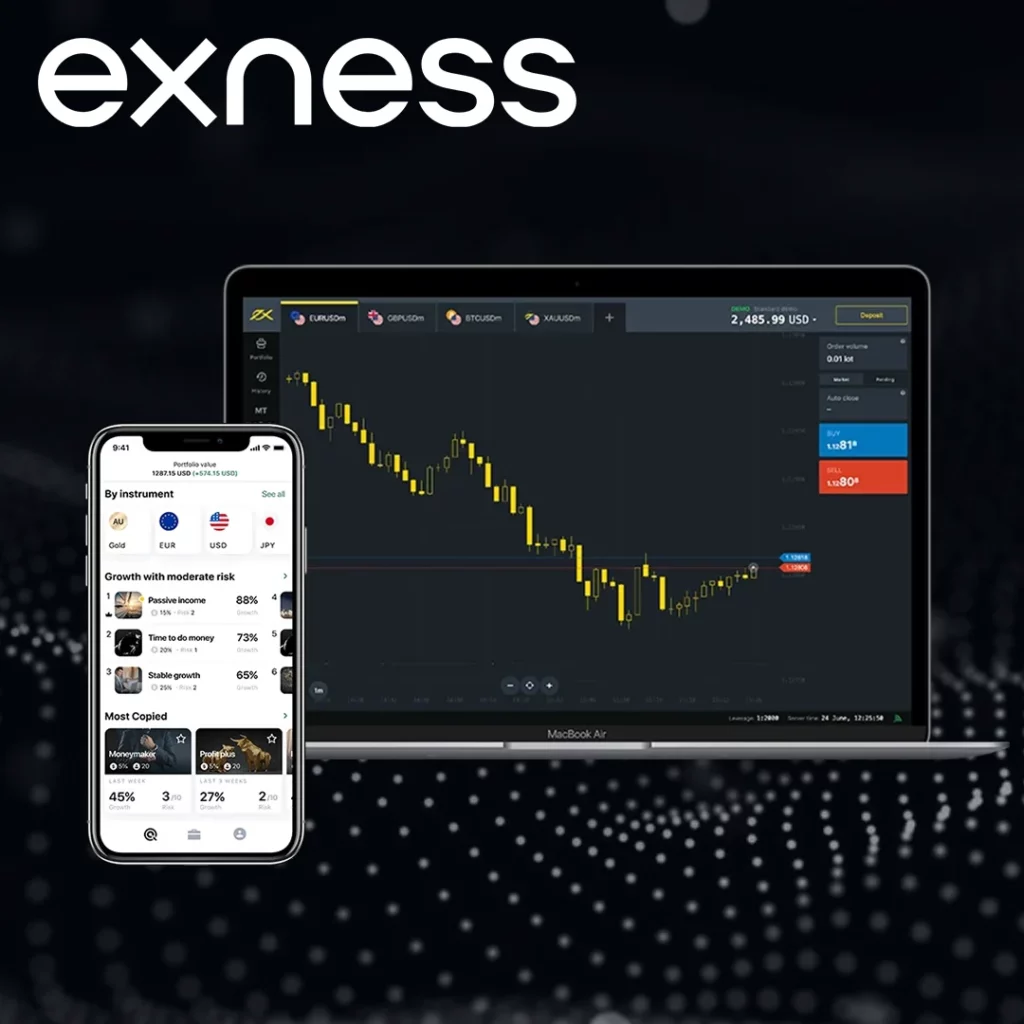
- Plan Your Trades Around Major Events
Traders often choose to base their strategies around economic events that are likely to move the market. By closely monitoring the Exness Economic Calendar, traders can identify upcoming high-impact events, such as central bank rate decisions or employment reports, and plan their trades in advance. - Risk Management
It’s important to exercise caution around major economic releases. Volatility can spike before and after high-impact events. Traders can use the calendar to anticipate these periods of volatility and adjust their stop-loss orders or trading sizes to minimize risk. - Look for Surprises
One of the key features of the Exness Economic Calendar is the ability to compare forecasted vs. actual data. Often, the market’s reaction is based on whether the actual numbers meet, exceed, or fall short of expectations. By staying updated on this information, traders can position themselves to benefit from market surprises. - Timing Your Trades
Traders may choose to avoid entering new positions just before major events, as these can lead to unpredictable price movements. Conversely, after the data is released and markets stabilize, traders can find fresh opportunities based on the new trends.
How to Interpret Key Economic Indicators
The Exness Economic Calendar includes a wide variety of economic indicators. Understanding these indicators is critical to making informed trading decisions. Below is a summary of some of the most commonly tracked indicators:
| Indicator | Description | Market Impact |
| GDP (Gross Domestic Product) | Measures the total value of goods and services produced in a country. | High impact, affects national currency values. |
| Interest Rates | The rate at which central banks lend to commercial banks. | High impact, directly affects currency prices. |
| Inflation (CPI, PPI) | Measures the rise in prices of goods and services over time. | High impact, impacts central bank policies and market sentiment. |
| Employment Reports | Tracks the number of people employed and unemployment rates. | High impact, a key indicator of economic health. |
| Retail Sales | Measures the total sales at the retail level. | Medium impact, affects consumer confidence and economic growth. |
| Trade Balance | Shows the difference between a country’s exports and imports. | Medium to high impact, affects currency value and trade relations. |
Time Management in Trading with the Exness Economic Calendar
When using the Exness Economic Calendar, timing is crucial. Traders should pay attention to the timing of events in relation to their trading sessions. Some key points to remember include:
- Major Economic Events Can Impact Liquidity
Leading up to important events, there may be lower liquidity in the market, and some traders may prefer to wait until after the event to avoid uncertainty. - Pre-Event Volatility
Many traders position themselves before an event in anticipation of market movements. It’s important to consider how the markets may behave in the lead-up to an economic release. - Market Reactions Post-Event
After major economic events, the market can experience sharp movements in the direction of the new economic data. This is often referred to as market correction.
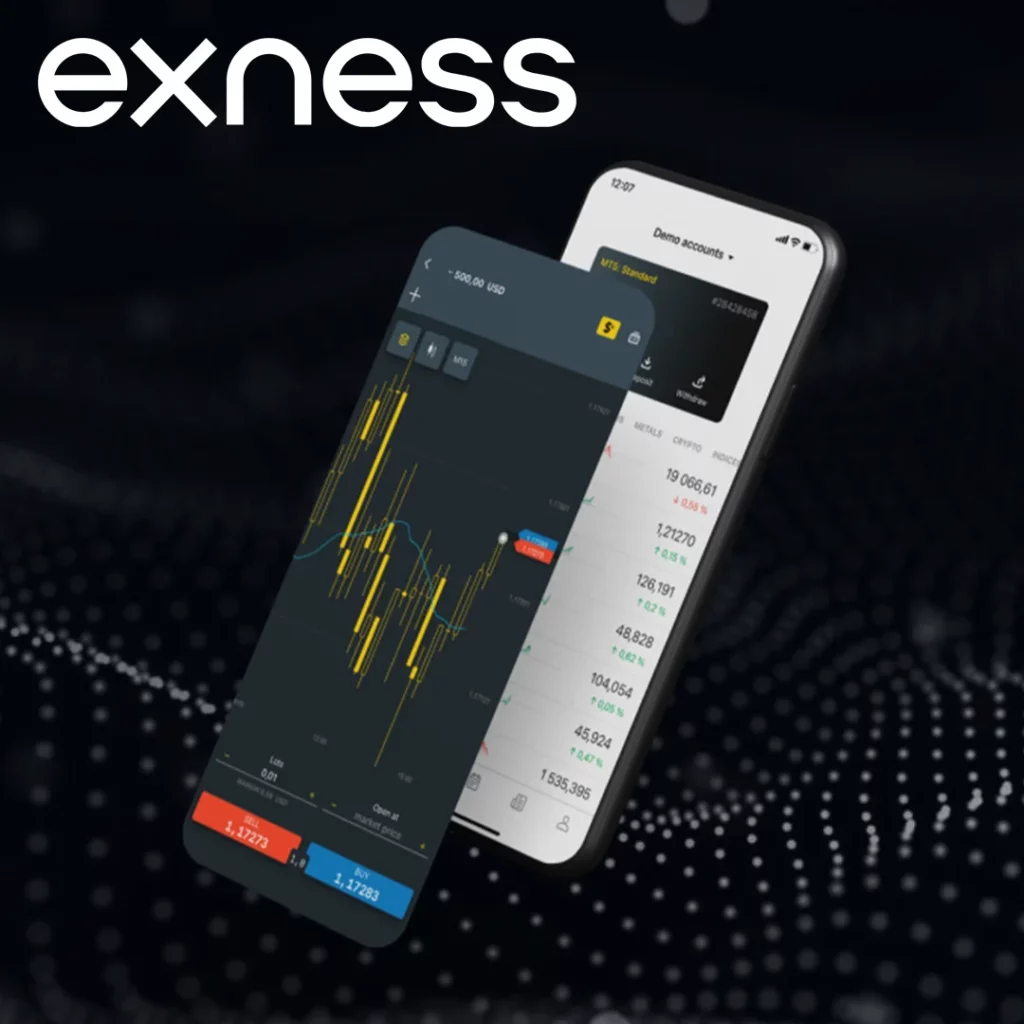
Benefits of Using the Exness Economic Calendar
- Staying Ahead of Market Moves: The economic calendar keeps you updated with all the important events that can move the market, ensuring you’re always prepared.
- Reducing Risk: By anticipating high-impact events and their potential outcomes, traders can avoid being caught off guard by sudden price shifts.
- Informed Decision-Making: Having a clear understanding of upcoming events and how they might influence the market helps traders make more calculated decisions rather than relying on guesswork.
Example of Using the Exness Economic Calendar for Forex Trading
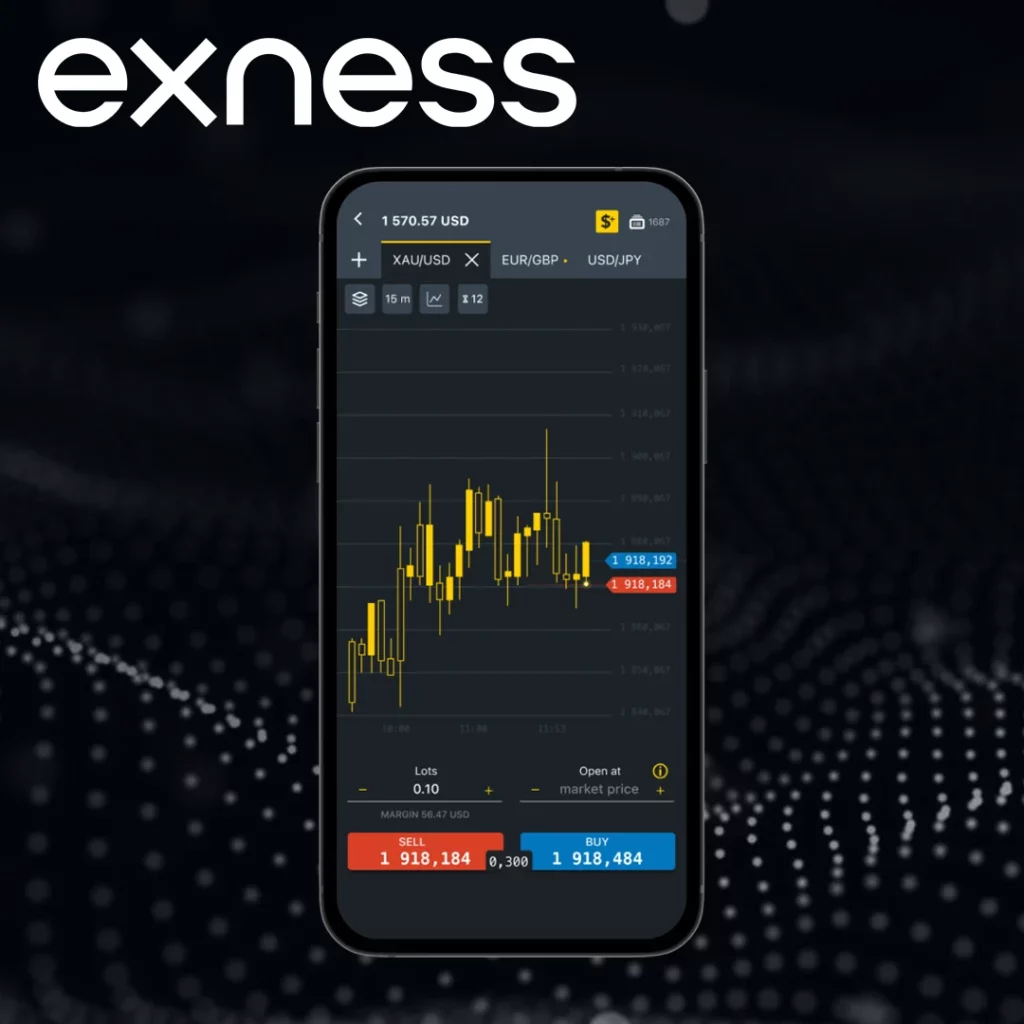
Suppose you are a forex trader who primarily trades the EUR/USD pair. Based on the Exness Economic Calendar, you see that the European Central Bank (ECB) is scheduled to announce its monetary policy decision on the upcoming Thursday.
- Pre-event Analysis
You can check historical reactions to ECB announcements and gauge the expected market movement based on the forecast data (e.g., expected interest rate decision). - Positioning
You may decide to avoid entering any new positions leading up to the event to avoid being exposed to unnecessary risk. If you already have an open position, you might adjust your stop-loss to protect against potential volatility. - Post-event Strategy
After the ECB announcement, you would compare the actual rate decision to the forecast and watch for any significant price moves. Depending on the data, you may choose to enter a trade that capitalizes on the market’s response.
Best Practices for Using the Exness Economic Calendar
To maximize the utility of the Exness Economic Calendar, here are some best practices to follow:
| Tip | Description | Why It Matters | Example |
| Set Alerts for High-Impact Events | Receive notifications for major events | Ensures you don’t miss market-moving announcements | Set alerts for Fed interest rate decisions |
| Avoid Trading During High Volatility | Stay out of the market during major announcements | Protects against unpredictable price movements | Close positions before Non-Farm Payrolls |
| Analyze Historical Data | Review past data to understand market reactions | Useful for predicting future market responses | Study reactions to ECB rate changes |
| Use Stop-Loss Orders | Protect positions from large, unexpected moves | Prevents significant losses during volatile periods | Tight stop-loss before central bank meetings |
| Diversify Based on Economic Reports | Trade across multiple asset classes | Spreads risk and reduces the impact of volatility in one market | Trade forex and commodities around major events |
Conclusion
The Exness Economic Calendar is an indispensable tool for traders who want to stay informed about market-moving events. By utilizing the calendar effectively, you can plan your trades with a deeper understanding of what’s happening in the global economy. With careful attention to the timing of key events, their potential market impact, and risk management strategies, you can significantly improve your trading outcomes.
By regularly checking the calendar and integrating its insights into your overall trading strategy, you’ll not only improve your chances of success but also become more adept at navigating the sometimes volatile waters of the forex market.

Trade with a trusted broker Exness today
See for yourself why Exness is the broker of choice for over 800,000 traders and 64,000 partners.
FAQ
What is the Exness Economic Calendar?
The Exness Economic Calendar is a tool that helps traders track important economic events that affect market movements, such as interest rate decisions, GDP reports, and more.



